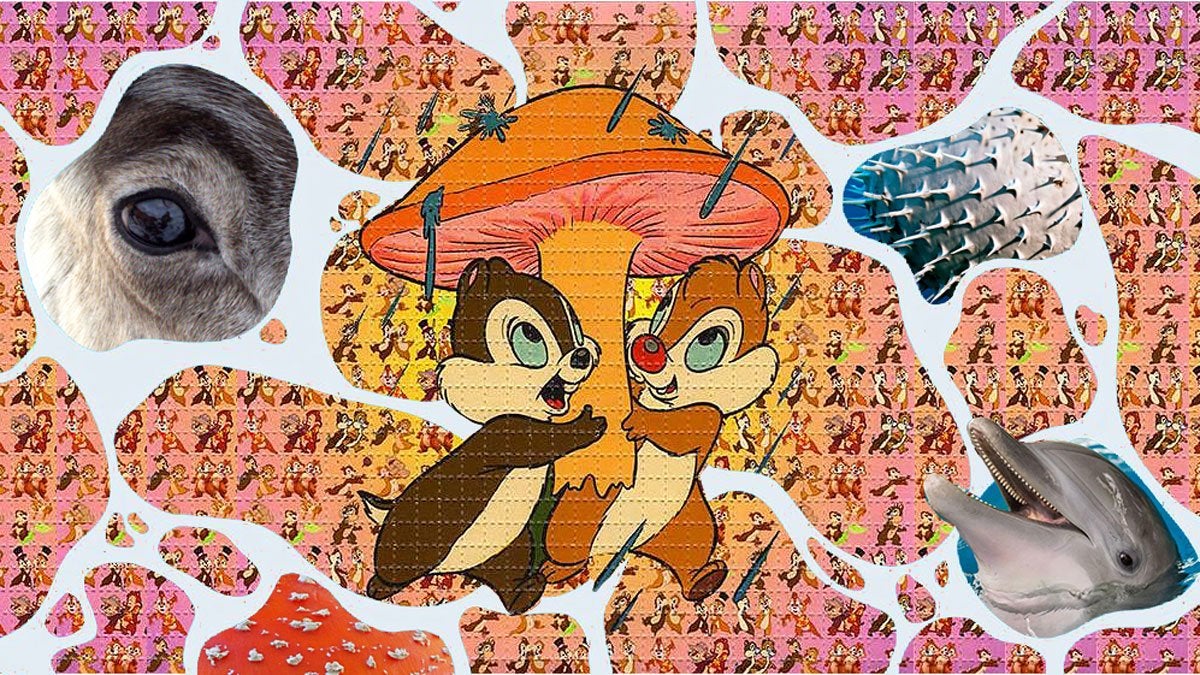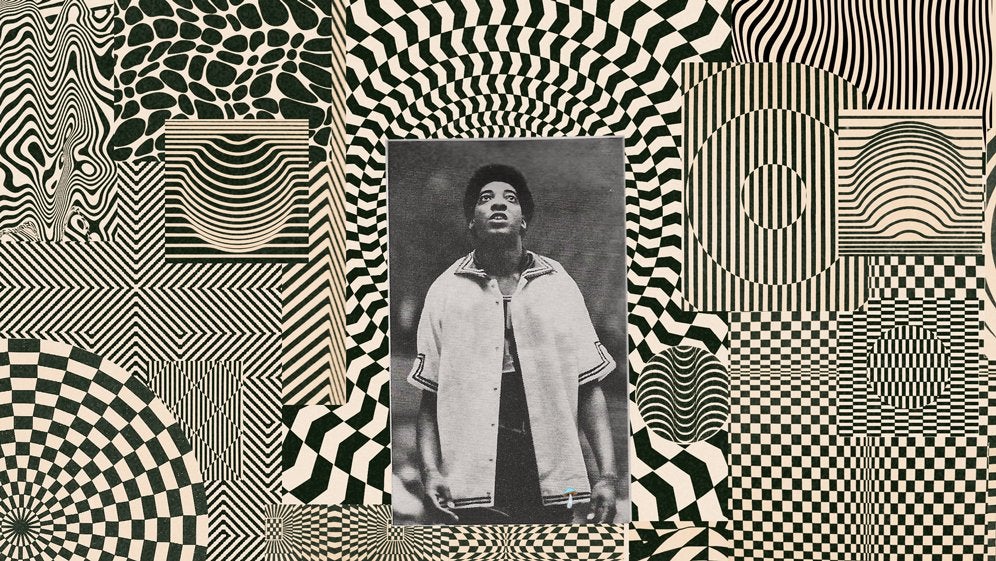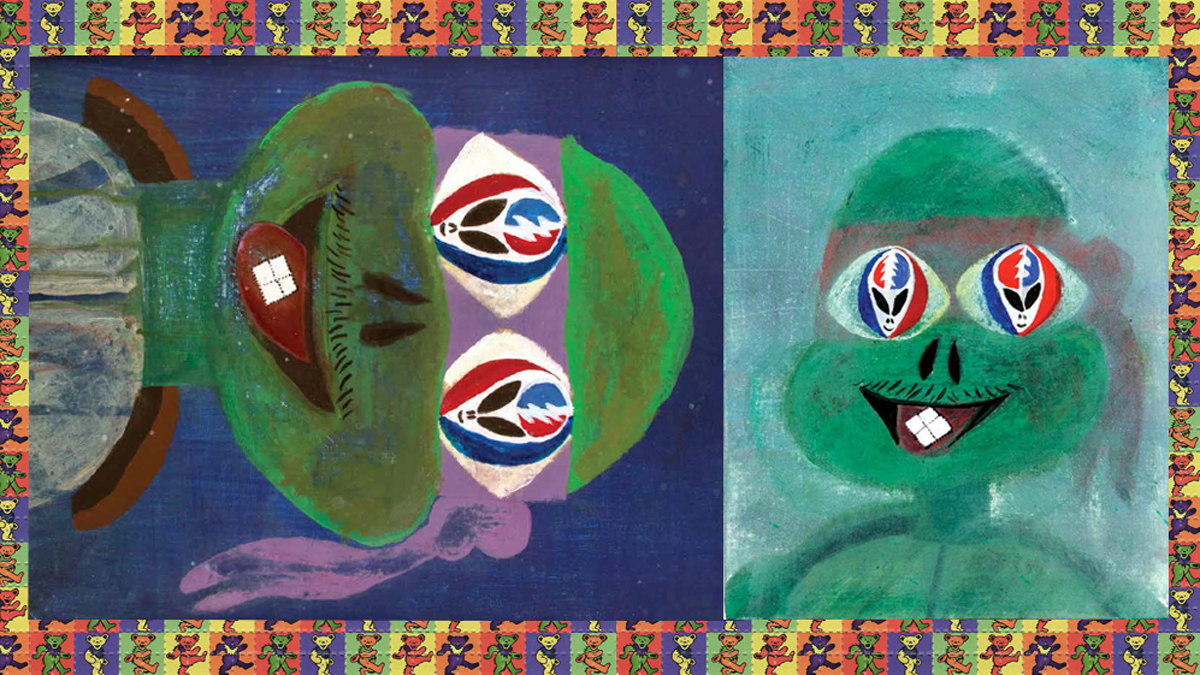As usual, animals showed us the way.
Humans have long loved to use natural substances to alter their perceptions. Whether it’s as simple and fleeting as the headrush of tobacco or the heady warmth of a strong drink, or as intense and profound as ayahuasca or peyote, we’ll travel great distances and endure considerable discomfort just to momentarily step outside our routine consciousness.
But what about other creatures on this earth? Are we alone in this behaviour?
Turns out, no. Many other members of the animal kingdom sample psychedelics as enthusiastically as we do. Humans are, after all, an animal like any other.
An antidote to boredom
In 2010 Andrew Haynes wrote in the Pharmaceutical Journal about the phenomena of animals that seek out psychoactive compounds. He concludes that, just like us, wild creatures ingest these substances as a cure for boredom, a way to upend everyday perspective. In fact, Haynes posits that in most cases mankind discovered the psychoactive substances we enjoy today by observing the habits of animals.
The quest to get stoned is so widespread in the animal kingdom, in fact, that author Ronal Siegel, a UCLA psychopharmacologist, asserts that “the pursuit of intoxication with drugs is a primary motivational force in the behavior of organisms.”
So which animals are we talking about, and where do they score?
Animals everywhere seek out psychedelics
Well, just about everywhere: a diverse set of animals across the globe seek out an equally varied catalogue of mind-altering chemicals, including deep in jungles and on exposed mountain slopes, beneath snow and under waves.
Reindeer in the frigid Siberian tundra sniff out out fly agaric mushrooms, sometimes also known as amanita muscaria––the quintessential red-domed, white spotted archetype we see when we think of “magic mushrooms” in pop culture––beneath the crust of lingering spring snow. They’re after the compound muscimol and its sedative and hallucinogenic effects.
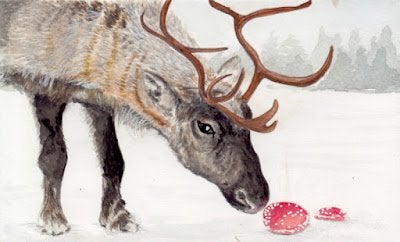
We must note that these mushrooms are highly toxic and a deliriant, as opposed to the more palatable psilocybe cubensis mushrooms most people enjoy. Most humans eating amanita muscaria directly will have a pretty rough time. But as we’ll see shortly, there is a way for homo sapiens to safely enjoy them, too.
Siberian peoples noticed deers staggering around drunkenly and making strange noises. Stranger still, they saw that other deer in the herd would fight over the urine of the affected member. Curious, some tribes began to collect and drink that urine themselves. They quickly found themselves embarking on their own trips.
Unpleasant as it sounds, drinking the urine is much preferable to consuming the mushrooms raw. In passing through the animal’s system the toxins are largely filtered out and the psychoactive compounds concentrated. Sipping the urine actually delivers a much more potent high while avoiding unpleasant side-effects like nausea, seizures, and death.
It’s thought that tales of stoned reindeer might have provided the origins for the myth of Santa’s team of flying reindeer.
Meanwhile, in the considerably warmer Amazon rainforest, jaguars will chew the leaves of the yagé vine (Banisteriopsis caapi), a primary ingredient of Ayahuasca. While yagé doesn’t itself contain the same potent psychoactives as Ayahuasca, it does make them orally active, and even on its own sends the cats on quite a trip.
Perhaps it was this behaviour that inspired indigenous Amazonians to begin feeding their dogs small doses of psychedelics centuries ago in the belief it enhances their hunting abilities.
In other jungles across the globe, the Mandril, a type of baboon native to West Africa, eats the roots of the Iboga shrub, which contains Ibogaine, a psychoactive compound. It’s thought the compound helps in their battles for dominance by increasing aggression and numbing pain.
Nor is this behaviour relegated strictly to land. In 1995 marine biologist Lisa Steiner observed dolphins near the Azores islands swimming about with puffer fish pinched gently between their jaws. Occasionally the dolphins would give the puffer a little squeeze, releasing enough neurotoxin to induce a slight trancelike state but no ill effects. The dolphins even passed the poor puffers to their podmates, ensuring everyone got a dose. It brings new meaning to the phrase “puff, puff, pass.”
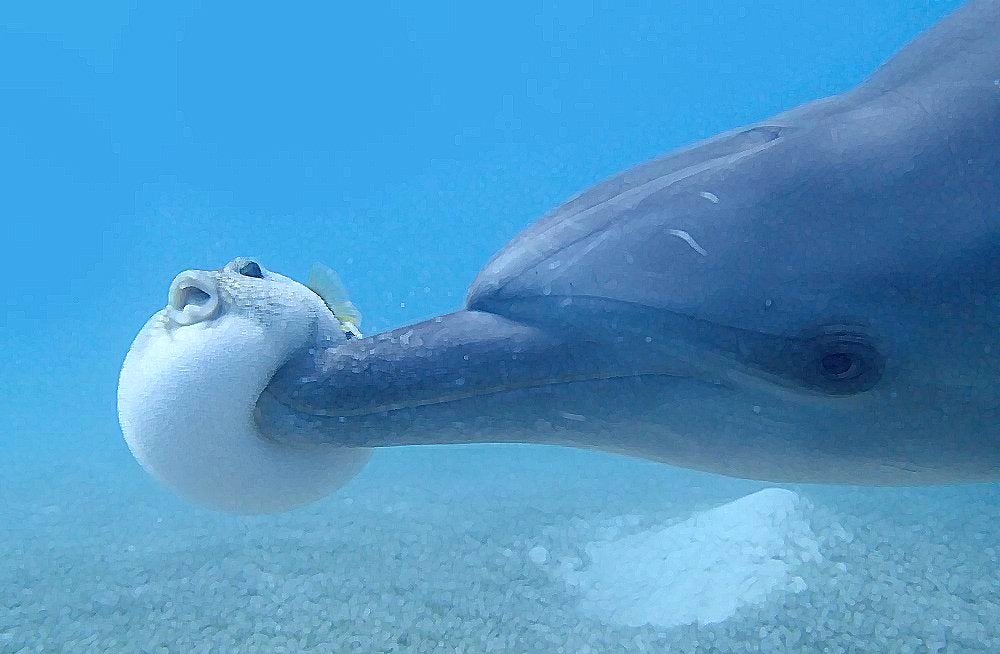
Animals lead the way
Animals seem to be getting high almost anywhere you look: Bighorn sheep scraping up psychoactive lichen in the Canadian Rockies; Wallabies in Australia devouring poppy fields in search of opium; birds, bats, and bees getting drunk on nectar and fermented fruit. It seems the quest for an altered perception is more inherent to life on earth than we first thought.
The real question seems to be, “If animals didn’t seek out psychedelics, would people?” And the obvious answer is probably not. They’re the ones that found them first and showed us the way.

